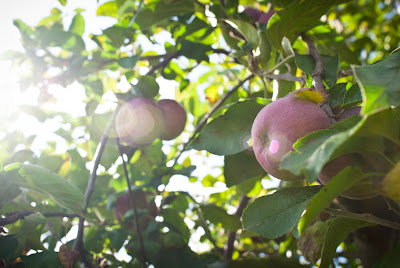This video it is 90% location.
I am not saying you need to become an astronaut to get good photos but the idea is there. For the rest of us here on earth, it may take a little more creativity:
- Don't take photos at eye level
- Look behind you
- Intentionally put yourself in the 'rough'
- Find a good foreground and shoot over/through it
- Get closer
- Back up to include more context
I know the last two are inconsistent but hear me out, many times taking a step back can add perspective or context to the scene, this has been a new way for me to show more about the 'story' of an image.
In short, look for a different perspective than the 'normal.'
(There is also an element of the unexpected.)
Play, explore and do something different.
.














































